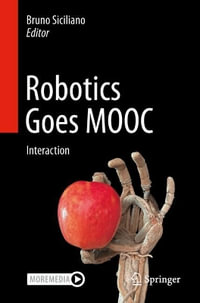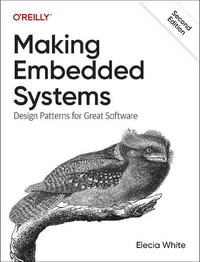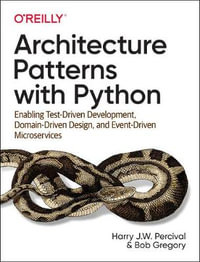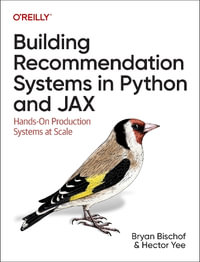
Computer-Aided Design Techniques for Low Power Sequential Logic Circuits
By: Jose Monteiro, Srinivas Devadas
Hardcover | 30 November 1996
At a Glance
Hardcover
$310.47
Aims to ship in 7 to 10 business days
When will this arrive by?
Enter delivery postcode to estimate
ISBN: 9780792398295
ISBN-10: 0792398297
Series: KLUWER INTERNATIONAL SERIES IN ENGINEERING AND COMPUTER SCIENCE
Published: 30th November 1996
Format: Hardcover
Language: English
Number of Pages: 204
Audience: General Adult
Publisher: Springer Nature B.V.
Country of Publication: US
Dimensions (cm): 23.39 x 15.6 x 1.27
Weight (kg): 0.46
Shipping
| Standard Shipping | Express Shipping | |
|---|---|---|
| Metro postcodes: | $9.99 | $14.95 |
| Regional postcodes: | $9.99 | $14.95 |
| Rural postcodes: | $9.99 | $14.95 |
How to return your order
At Booktopia, we offer hassle-free returns in accordance with our returns policy. If you wish to return an item, please get in touch with Booktopia Customer Care.
Additional postage charges may be applicable.
Defective items
If there is a problem with any of the items received for your order then the Booktopia Customer Care team is ready to assist you.
For more info please visit our Help Centre.
You Can Find This Book In
This product is categorised by
- Non-FictionComputing & I.T.Graphical & Digital Media ApplicationsComputer-Aided Design CAD
- Non-FictionComputing & I.T.Computer ScienceComputer Architecture & Logic Design
- Non-FictionEngineering & TechnologyEnergy Technology & EngineeringElectrical Engineering
- Non-FictionEngineering & TechnologyElectronics & Communications EngineeringElectronics EngineeringCircuits & Components
- Non-FictionGardening
























